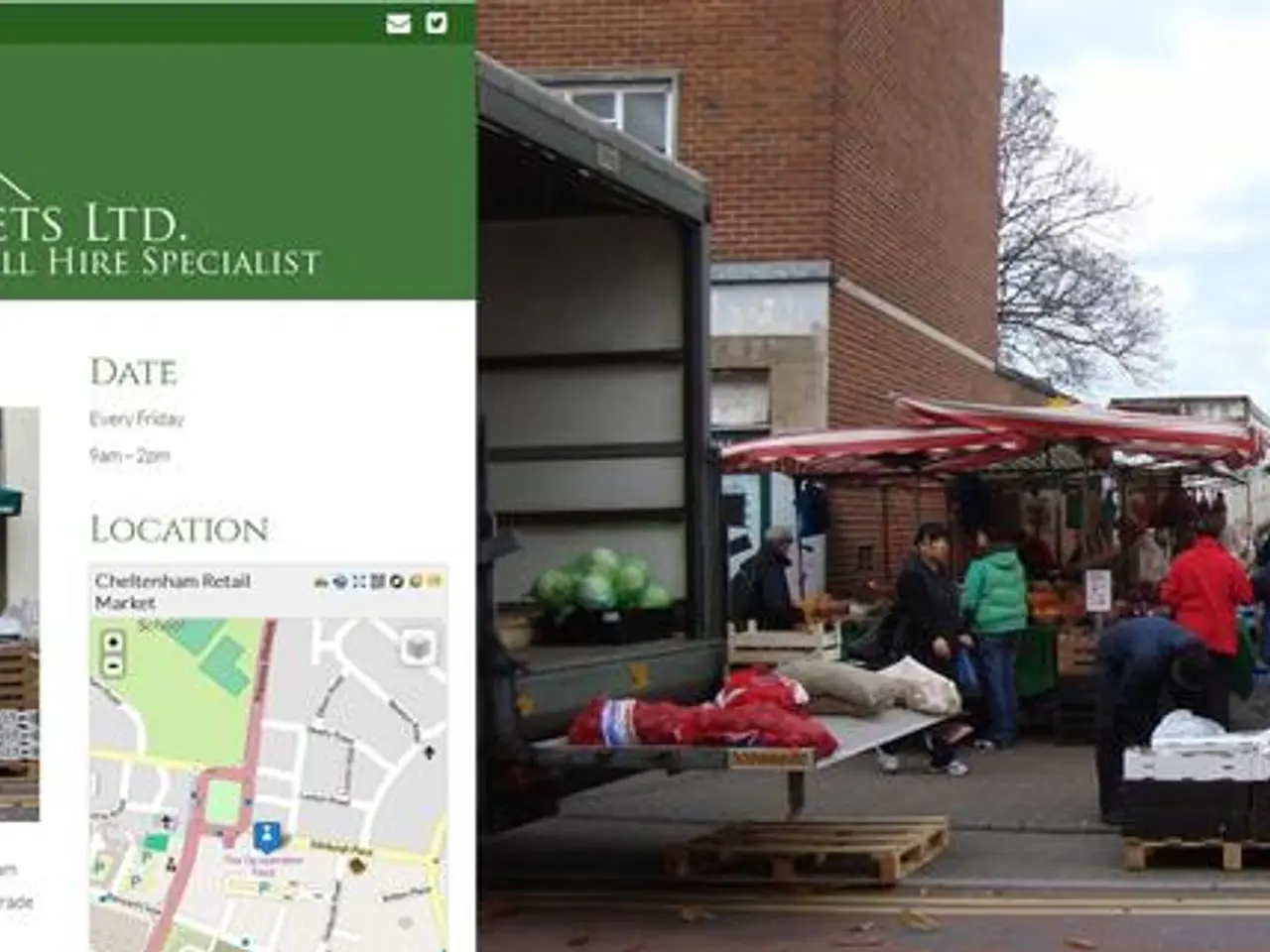Streamline Apparel Returns: Address Size Issues to Reduce Returns
In the ever-evolving world of retail, the future of shopping, particularly for clothing, is undergoing a significant transformation. This shift is driven by advancements in technology and a growing need for a more personalized and reliable online shopping experience.
Amazon recently announced the launch of "Made for You," a custom T-shirt sales portal that utilizes virtual fit technology within the Amazon app. This innovative platform requires customers to provide their height, weight, body style, and two photos of themselves, marking a step towards tailor-made clothing for the masses.
However, apparel's sizing inconsistency has long been a problem that contributes to why people aren't keeping items. Bracketing, or buying multiples of the same item with the intent to return some, is a practice that has increased over the years, particularly for apparel. In 2020, 62% of consumers participated in this practice.
Retail giants are addressing this issue head-on with innovative solutions. Companies like Vestofy use AI to measure garment dimensions from a single camera snap, helping customers determine their best size based on their existing fitted garments. This approach reduces the need for body measurements, making online shopping more efficient.
Brands are also improving size charts by incorporating customer feedback and reviews. These charts help customers compare their measurements to the brand's standards, reducing sizing errors. Online platforms encourage customers to share their fit experiences, providing detailed feedback on how garments fit different body types.
Personalization through AI is another key area of focus. AI technologies are being used to offer personalized shopping experiences, such as recommending sizes based on past purchases and fit preferences. AI also aids in categorizing garments by style, size, and trend relevance, making it easier for customers to find what they need online.
Sustainable shopping platforms are another promising development. AI-powered platforms promote sustainable fashion by enhancing the resale market, which can also help reduce waste from ill-fitting garments.
Looking ahead, generative AI is expected to further enhance personalization by generating tailored shopping experiences based on individual preferences and body types. There is also a growing need for more inclusive sizing options, particularly in plus-size categories, to cater to a broader range of customers.
The pandemic has accelerated efforts to make fitting rooms digital. Companies like ASOS have videos of models wearing products and turning around so customers can get a sense of how the apparel moves. Nordstrom uses videos of stylists explaining pieces and discussing features to give shoppers a better understanding of what they are purchasing.
Retailers face the big question: will they do the 'un-sexy' work of helping customers understand what they are purchasing online? Kaarin Vembar, who has a column focused on luxury and apparel markets, suggests retailers should provide pictures of the back and front of products, models in poses that look like a plausible way a human would stand, models of different sizes, sizing charts, notes on fit, and detailed product descriptions.
These advancements aim to make online shopping more intuitive and reliable, ensuring that customers can find the right fit without the hassle of returns. In 2020, consumers returned around $428 billion in merchandise, representing 10.6% of total retail sales. With the increase in online shopping, retail companies will face challenges in addressing apparel sizing problems that were previously mitigated by physical retail presence.
For more insights on these topics, you can reach Kaarin Vembar at [email protected]. Other companies are trying to solve the online fit problem through various apps, and it seems that the future of online shopping is looking brighter and more personalized for customers.
[1] https://www.vestofy.com/ [2] https://www.forbes.com/sites/forbesagencycouncil/2021/01/29/how-retailers-can-improve-the-online-shopping-experience-for-customers/?sh=685b2b9b3d4b [3] https://www.linkedin.com/pulse/future-fashion-retail-artificial-intelligence-christine-mccann/ [4] https://www.businessoffashion.com/articles/opinion/the-future-of-plus-size-fashion-is-not-just-about-inclusivity-its-about-sustainability
- In the future, personalized shopping experiences will be enhanced by generative AI that tailors experiences based on individual preferences and body types.
- The pandemic has propelled digital fitting rooms, with retailers like ASOS and Nordstrom utilizing videos to help customers gauge product fit accurately.
- Brands like Vestofy use AI to measure garment dimensions from a single camera snap, reducing the need for body measurements and making online shopping more efficient.
- Retailers are improving size charts by incorporating customer feedback and reviews, aiming to reduce sizing errors and provide customers with accurate fit recommendations.
- Sustainable shopping platforms are emerging, using AI to boost the resale market and minimize waste from ill-fitting garments.
- Kaarin Vembar, a columnist focusing on luxury and apparel markets, suggests retailers should provide comprehensive product information, such as back and front images, models of different sizes, and detailed product descriptions, to improve the online shopping experience.




